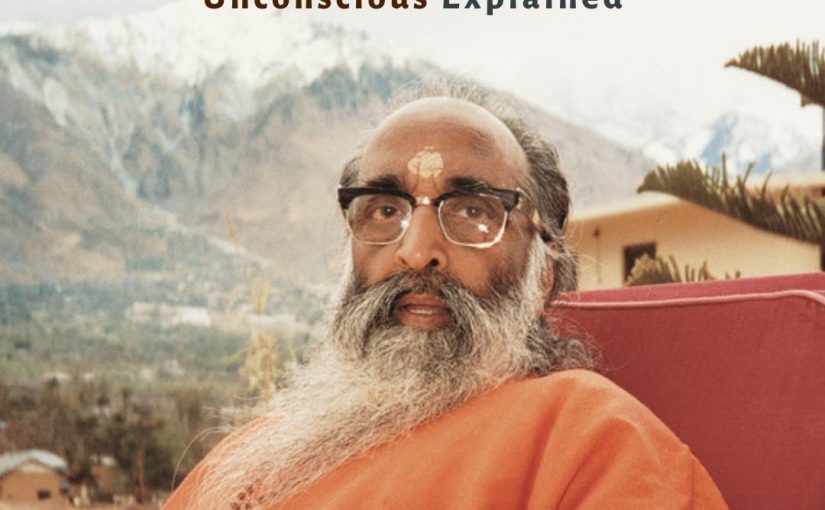The human mind functions on three levels — the conscious, the subconscious, and the unconscious. Vāsanās are psychological tendencies — repressions and suppressions — buried in the unconscious layer of our personality, which is even beneath our subconscious layer. The conscious is the surface mind, containing thoughts we have fully realized.
Unfinished thoughts, undigested experiences, mutilated ideas, crushed emotions, suffocated desires — thoughts that have met with conflict — sink into our personality and are held in suspension in the subconscious mind. The unconscious is constituted of impulses, instincts, and emotions that are unknown to us, but those come up and express themselves under certain stress of circumstances.
The unconscious is equivalent to the causal body (called vasanas in the terminology of Vedanta). Whenever the conscious mind is quiet, the subconscious has a chance to float up.
On all occasions of congregational prayers or ritualistic celebrations in the church, mosque, or temple, we conscientiously make our conscious minds quiet, allowing the subconscious mind to float up. We experience a greater lightness of heart, and the personality gets temporarily released from its constrictions.
Manifestations of the subconscious on the platform of the conscious mind are generally experienced in dreams. In this sense, we can say that dreams are nature’s exhaust pipes through which tensions and pressures created in the mind are released.
